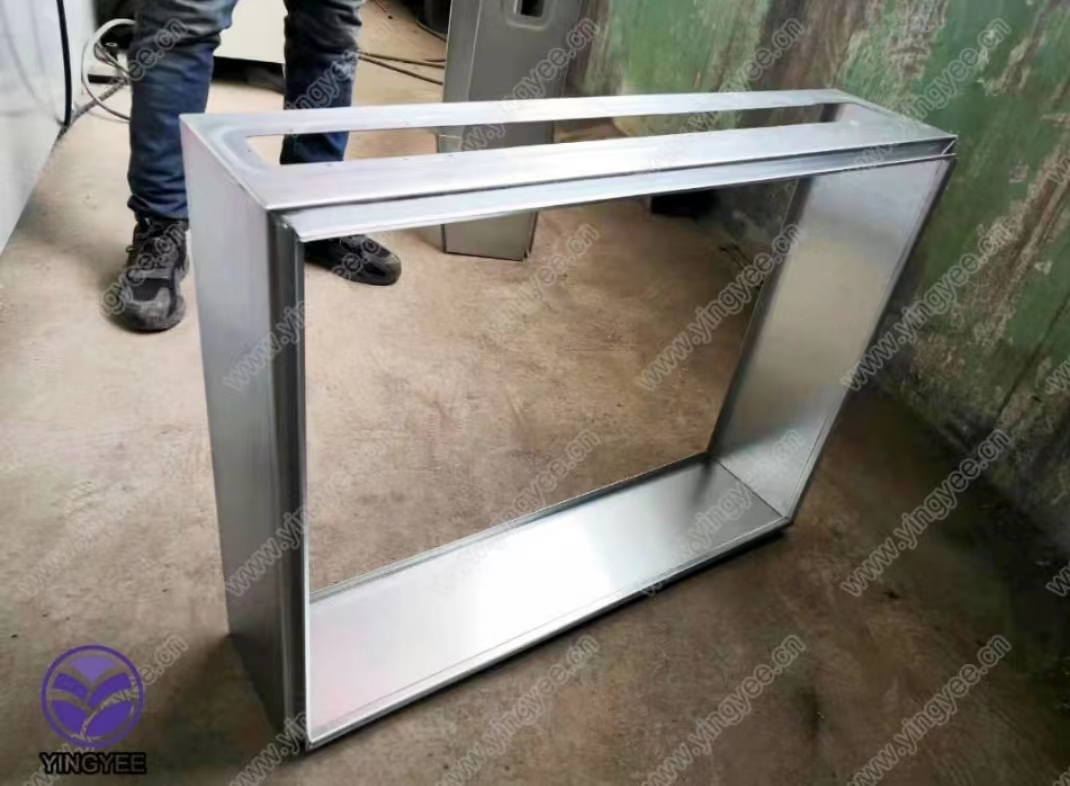
The Evolution and Importance of Stud and Track Ceiling Forming Machines
In the construction industry, efficiency, precision, and innovation are crucial for achieving high-quality results while minimizing costs and time delays. One significant advancement in this field is the development of the stud and track ceiling forming machine. This specialized equipment plays a vital role in the construction of suspended ceilings, offering numerous advantages over traditional methods.
Understanding the Fundamentals
Stud and track ceilings are widely used in commercial and residential buildings. They provide an effective means of supporting ceiling tiles while allowing for accessibility to plumbing, electrical wiring, and HVAC systems. A stud and track ceiling forming machine automates the production of the metal components required for these ceilings, specifically the vertical studs and horizontal tracks.
Traditionally, these components were produced manually, a process that was not only labor-intensive but also prone to inaccuracies. The advent of automated machines has significantly changed this landscape, allowing for rapid production and consistent quality.
Key Features of the Machine
One of the most remarkable features of stud and track ceiling forming machines is their ability to produce varying sizes and profiles of both studs and tracks
. This flexibility is essential in a market where design requirements can quickly change. The machines often come equipped with advanced technology, such as CNC (Computer Numerical Control) systems, which ensure precise measurements and cuts.Moreover, these machines typically integrate features like automatic feeding systems, punching tools, and shearing blades. This enables operators to create complex designs in one seamless process—dramatically reducing the manual handling typically required in traditional methods.

Benefits of Using Stud and Track Ceiling Forming Machines
The benefits of using stud and track ceiling forming machines are manifold. Firstly, they drastically improve production speed. While manual processes can take hours or even days, these machines can produce components in a matter of minutes. This increase in efficiency allows construction projects to stay on schedule and within budget.
Another significant advantage is the reduction of labor costs. With automated systems, fewer workers are needed for the fabrication process, freeing them up for other essential tasks on the construction site. This not only streamlines operations but also enhances overall workplace safety by reducing congestion.
Furthermore, the consistent quality produced by these machines ensures that components fit together seamlessly, reducing the likelihood of costly errors during installation. This precision also leads to a better-looking final product, ultimately satisfying clients and enhancing the builder’s reputation.
Future Prospects
As the construction industry continues to evolve, the importance of stud and track ceiling forming machines will only increase. Innovations in materials, such as lighter and more sustainable options, will likely be incorporated into these machines, making them even more efficient and eco-friendly.
In summary, stud and track ceiling forming machines are a game-changer for the construction sector. By automating the production of essential components, they enhance efficiency, improve quality, and reduce costs. As technology continues to advance, these machines will undoubtedly play an increasingly critical role in shaping the future of building projects worldwide. Their ability to adapt and innovate ensures that they remain indispensable tools in the hands of modern builders.